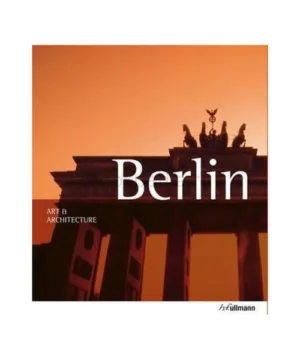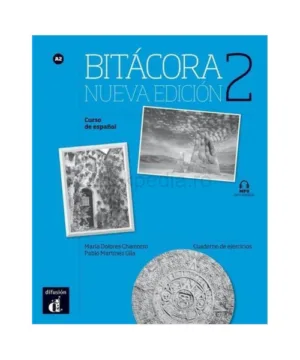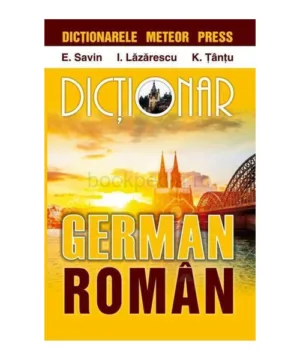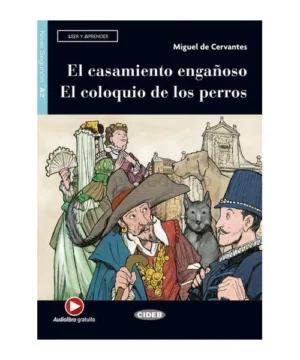Quantum Transport in Mesoscopic Systems: Complexity and Statistical Fluctuations. A Maximum Entropy Viewpoint
483,63 lei
| Authors | Pier A. Mello, Narendra Kumar |
|---|---|
| Publisher | Oxford University Press |
| Year | 2010 |
| Pages | 416 |
Informații suplimentare
| General | |
|---|---|
| Authors | Pier A. Mello, Narendra Kumar |
| Publisher | Oxford University Press |
| Year | 2010 |
| Others | |
| Identification | |
| ISBN-13 | 9780198525837 |
| Format | |
| Pages | 416 |
Descriere
The aim of this book is to present a statistical theory of wave scattering by complex systems -systems which have a chaotic classical dynamics, as in the case of microwave cavities and quantum dots, or possess quenched randomness, as in the case of disordered conductors- with emphasis on mesoscopic fluctuations. The universal character of the statistical behavior of these phenomena is incorporated in a natural way by approaching the problem from a Maximum-Entropy viewpoint -Shannon's information entropy is maximized, subject to the symmetries and constraints that are physically relevant- within the powerful, non-perturbative Theory of Random Matrices. This book also collects in one place the material and notions -derived from the published work of the authors in collaboration with several co-workers, as well as from the work of others- which are scattered through research journals and textbooks on the subject. To make the book self-contained, we present in Chapters 2 and 3 the quantum theory of scattering, set in the context of quasi-one-dimensional, multichannel systems, thus related directly to scattering problems in mesoscopic physics. Chapter 4 discusses the linear-response theory of quantum electronic transport, adapted to the context of mesoscopic systems. These chapters, together with Chapter 5 on the Maximum-Entropy Approach and Chapter 8 on weak localization, have been written in a pedagogical style, and can be used as part of a graduate course. Chapters 6 and 7 discuss the problem of electronic transport through classically chaotic cavities and quasi-one-dimensional disordered systems. There are many exercises, most of them worked out in detail, distributed throughout the book. This should help graduate students, their teachers and the research scholars interested generally in the subject of quantum transport through disordered and chaotic systems in their preparation for it, and beyond.
Produse similare
Amaia se conecta, Black Cat Lectores españoles y recursos digitales, CD audio, A2, Nivel 2
Bitácora 2 – Cuaderno de ejercicios + MP3 (A2) (Nueva edición)
Cambridge English Prepare! Level 3 Student's Book
Joanna Kosta, Melanie Williams
















